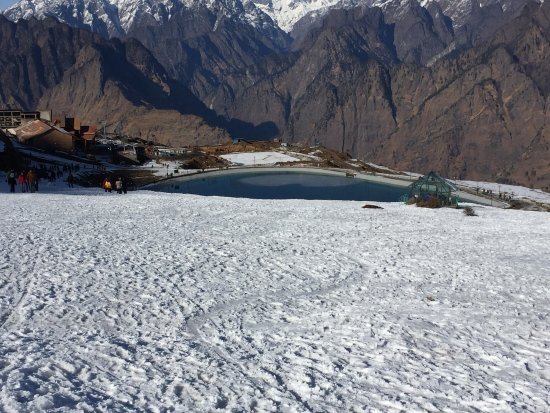Dehradun, Oct 15 – A fresh report stresses that the Himalayas are at a turning point, with climate change and unchecked development pushing disaster risk to new highs. The study, “Enhancing Multi‑hazard Early Warning and Resilient Settlement in the Himalayan Region,” was unveiled at a stakeholder meeting in Dehradun, Uttarakhand.
The authors call for a single, integrated action plan that involves local communities. They argue that the old, piecemeal approach to disaster management is no longer enough. Instead, communities need a unified warning system that links real‑time alerts to strict land‑use rules and livelihood plans.
Climate science and human activity together amplify the danger. Faster glacier melt, sudden cloudbursts and heavy rainstorms worsen GLOF (glacial lake outburst flood) risks and trigger landslides. At the same time, unregulated building and expanding settlements in high‑risk zones expose more people to danger. The result is a vicious cycle that can magnify humanitarian and economic losses across states like Uttarakhand.
Using examples from Japan, Switzerland and Norway, the report urges governments to aim for zero preventable disaster deaths in the Himalayas by 2030. It recommends quick‑win measures: cheap, real‑time sensors for rainfall, soil moisture and lake levels, plus mobile alerts that run on existing networks.
Long‑term, the report recommends a robust “Himalayan Resilience Mission.” That would coordinate a decade‑long plan starting with dense sensor networks and moving dangerous communities to safer areas. The mission would also set up land‑use zoning, planned relocations, and climate‑smart development that keeps people safe while allowing the region to grow.
Source: ianslive
Stay informed on all the latest news, real-time breaking news updates, and follow all the important headlines in world News on Latest NewsX. Follow us on social media Facebook, Twitter(X), Gettr and subscribe our Youtube Channel.



